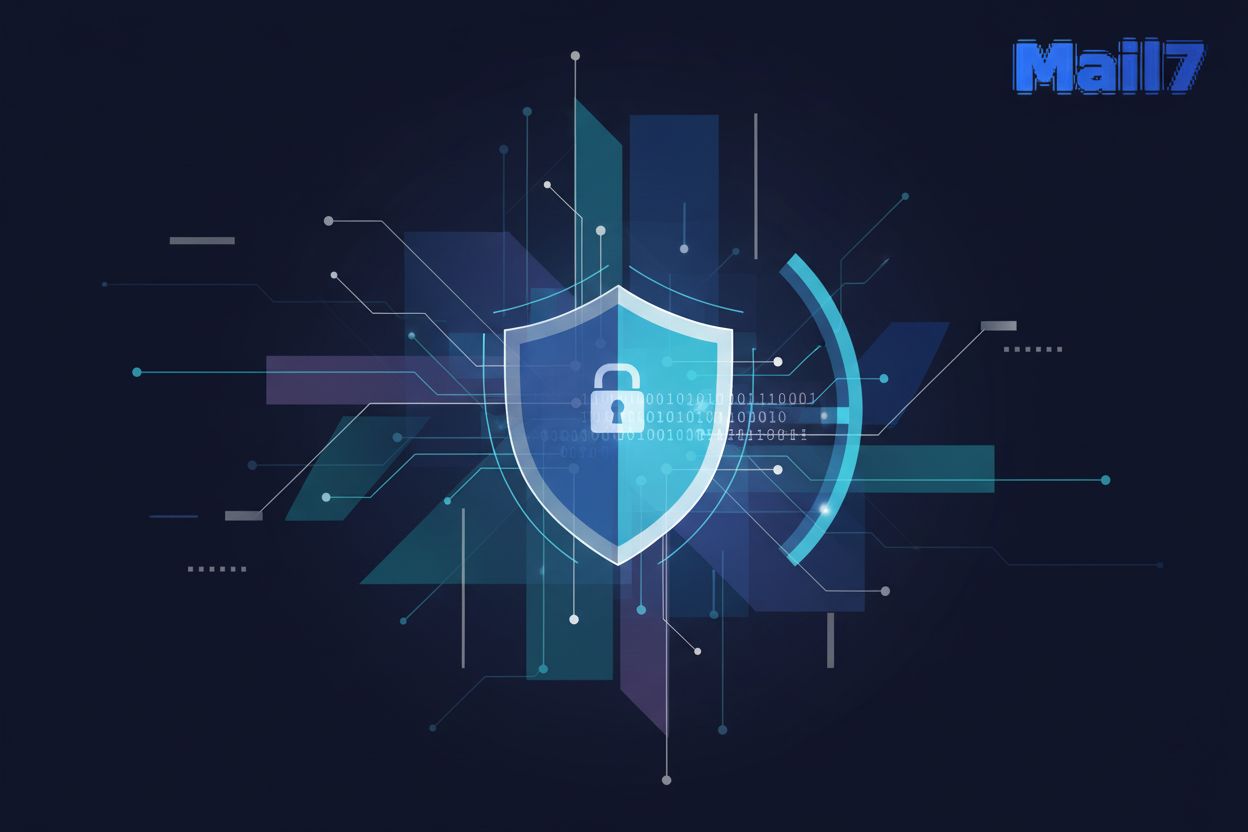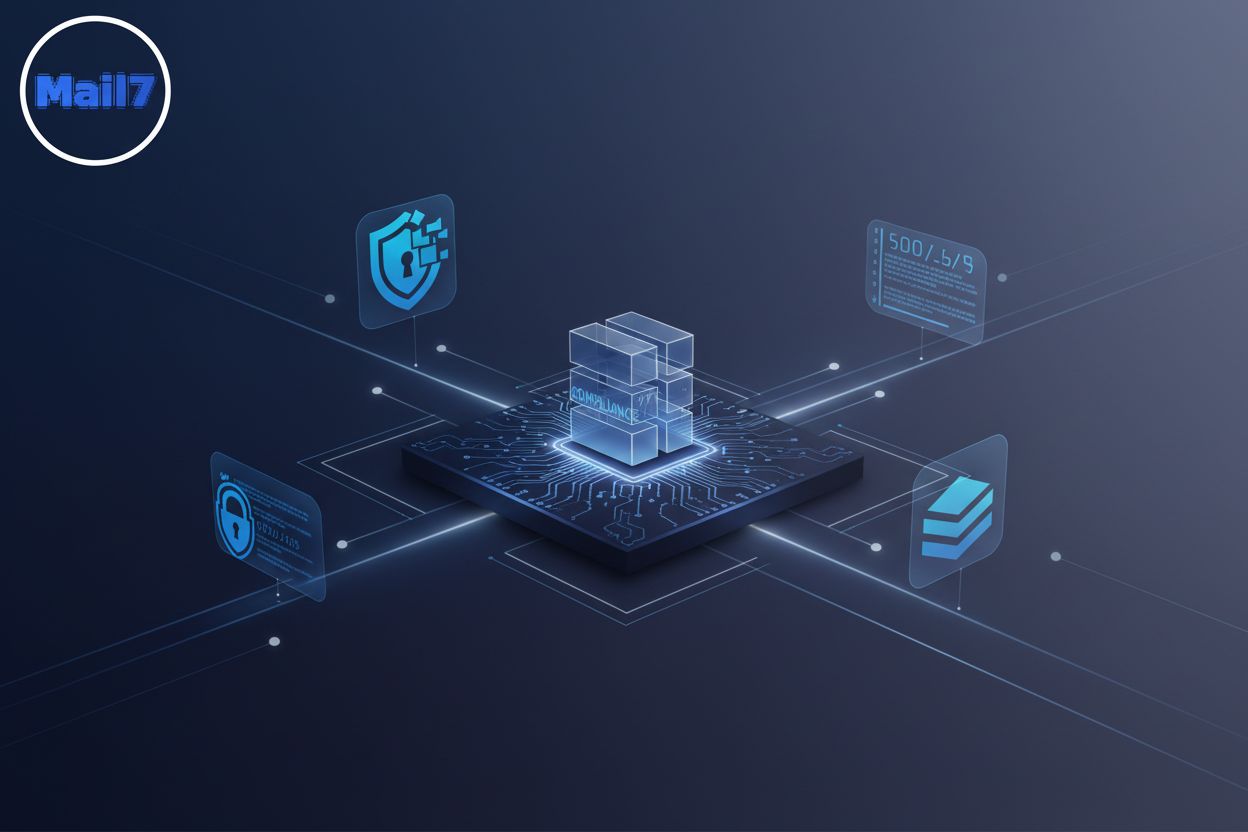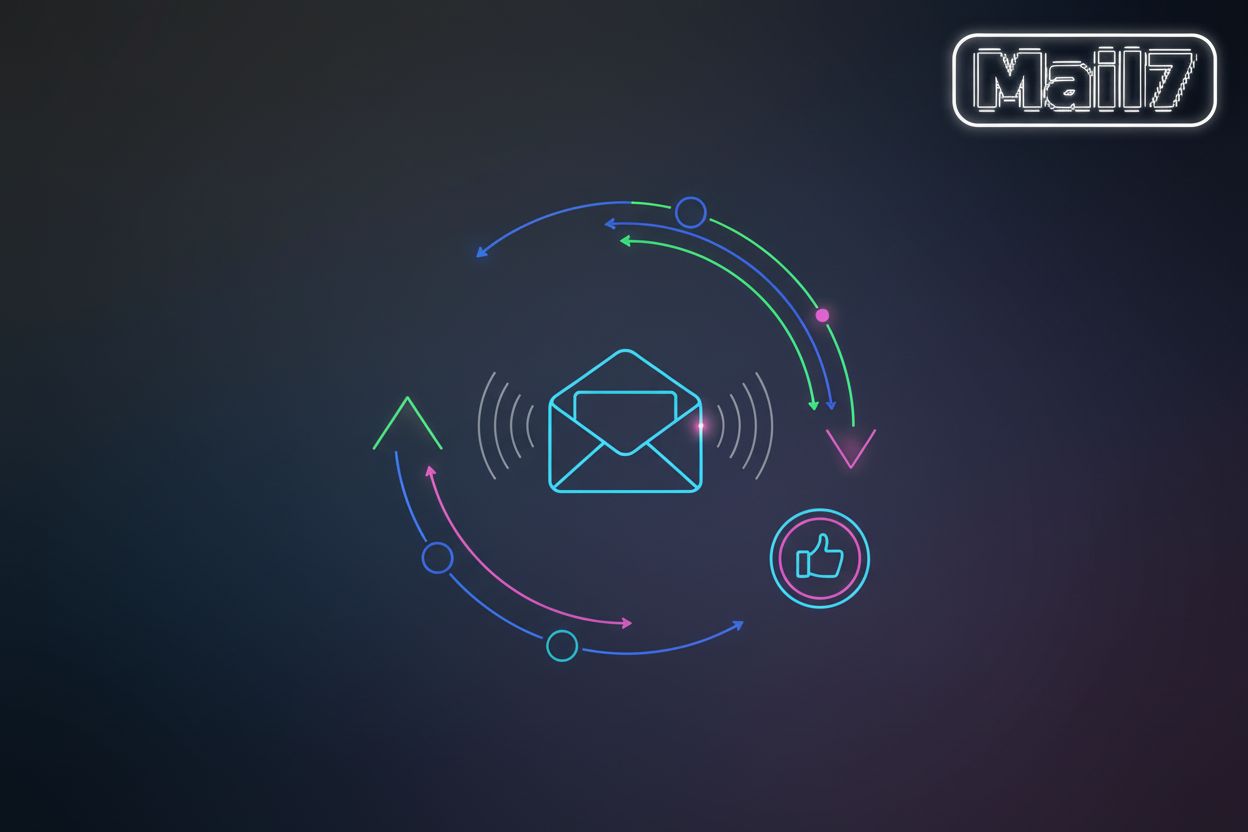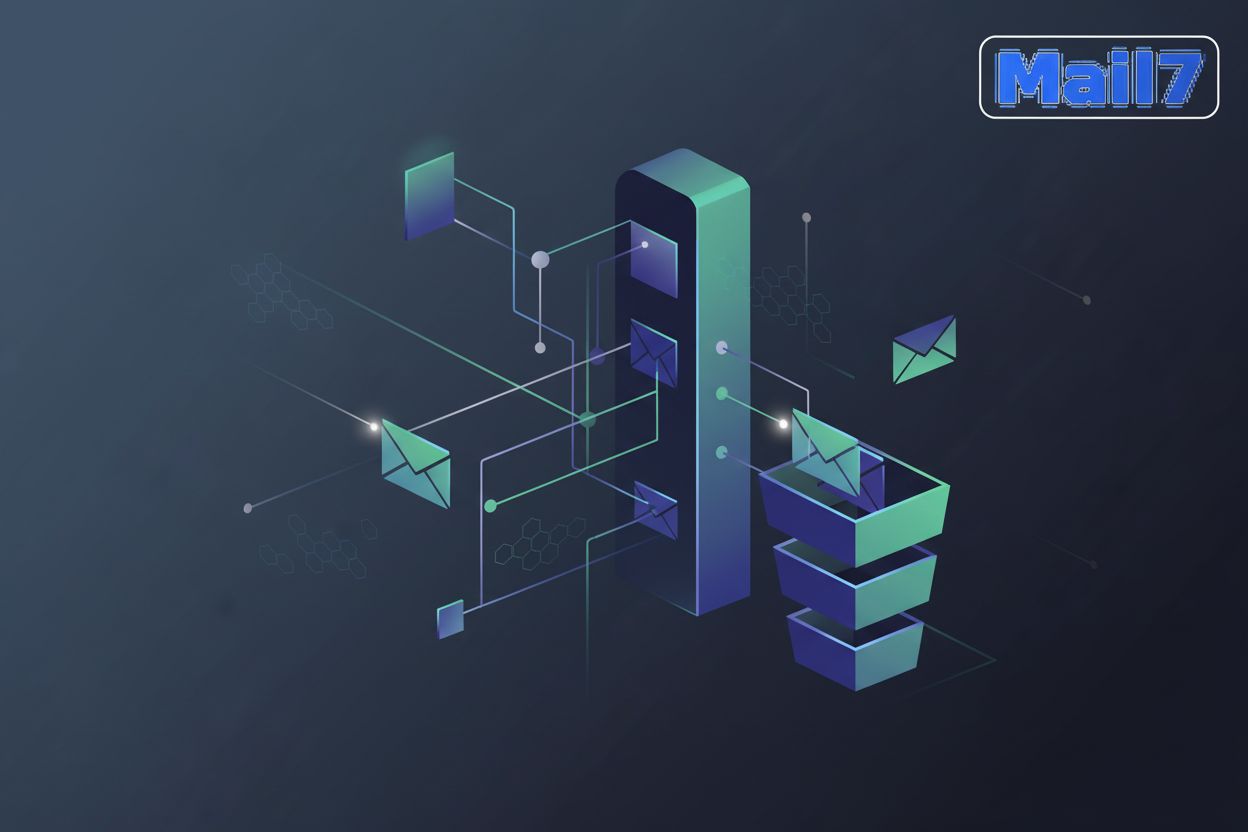Email Security Hardening Techniques
TL;DR
Understanding the Email Threat Landscape
Email security, it's kinda a big deal, right? Think about it: one wrong click, and boom—your whole company's in trouble.
- Email is everywhere, which makes it a prime target. I mean, billions of emails flying around daily? Criminals are gonna try their luck, its just a numbers game.
- People are, well, people. Attackers exploit human vulnerabilities like our tendency to trust familiar senders, our susceptibility to urgent requests, or our overlooking subtle cues. The Canadian Centre for Cyber Security notes that even if an email looks like it’s from someone you know, you should always double-check before clicking.
- It's not just about stopping spam, its about stopping malware delivery methods, business email compromise (BEC) and social engineering techniques. These attacks often rely on deception, impersonation, and exploiting human psychology to trick recipients into revealing sensitive information or taking harmful actions.
These phishing attacks? They're getting smarter, too. As palo alto networks points out, ai is making it easier for attackers to craft super convincing emails. No more obvious typos, sadly.
Email security is a moving target, so you need a good strategy. Next, we'll explore the technical and human elements crucial for defending against these threats.
Authentication Protocols: Verifying Sender Legitimacy
Email authentication protocols, they're kinda like the bouncers at the club, right? Making sure only the legit people get in.
- SPF (Sender Policy Framework) is basically a list of approved senders. It lets domain owners say which mail servers are allowed to send emails on their behalf. This helps prevent spoofing, where bad guys fake your domain to send spam or phishing emails.
- DKIM (DomainKeys Identified Mail) adds a digital signature to each email. It's like a tamper-proof seal that proves the email wasn't messed with after it left the sender. So, if a business sends order confirmations, dkim makes sure the content hasn't been changed on the way.
- DMARC (Domain-based Message Authentication, Reporting & Conformance) builds on top of SPF and dkim, giving domain owners clear instructions on how to handle suspicious emails. For example; a company using dmarc can tell email providers to reject any message that fails SPF or dkim checks, like blocking phishing attempts before they even reach customers. DMARC also offers a 'quarantine' option to send suspicious emails to spam, and a 'none' policy for monitoring. Crucially, DMARC reporting provides valuable insights into email traffic and potential threats, helping organizations refine their security posture.
These protocols are essential to keep your email communications safe and secure. As powerdmarc.com points out, implementing authentication protocols like dmarc, spf, and dkim can help prevent email spoofing.
Now, let's dive into encryption techniques used to protect email content!
Encryption Techniques: Protecting Email Content
Alright, so you wanna keep those emails safe, huh? Encryption is how you do it, scrambling the message so only the right person can read it. Without it, sensitive data in transit or at rest is vulnerable to interception and unauthorized access, leading to potential data breaches, financial losses, and reputational damage.
TLS is like armored trucks for your emails when they're moving between servers, encrypting them in transit. Think of it as a secure tunnel.
Enabling TLS on your email servers makes sure that emails are encrypted when their sent. This is a must.
You should check your TLS config regularly though, older versions of TLS aren't as secure. Older versions like TLS 1.0 and 1.1 have known vulnerabilities that attackers can exploit. It's best to stick with TLS 1.2 or 1.3.
S/MIME gives you end-to-end encryption, meaning only the sender and receiver can read the email. It's like sending a sealed letter.
You'll need to get S/MIME certificates, which can be a bit of a hassle to manage. These certificates are typically obtained from Certificate Authorities (CAs), and their management involves distribution to users and regular renewal.
Make sure your email clients are setup correctly for S/MIME, or it won't work.
PGP is another way to encrypt emails end-to-end. It uses key pairs, a public key to encrypt, and a private key to decrypt.
Managing those PGP keys can be tricky—you gotta keep that private key safe! Challenges include secure storage, key backup, revocation if a key is compromised, and using key servers effectively.
PGP is been around for awhile, but can be a bit more complicated compared to S/MIME these days.
So, encryption its a must for email security.
Next up, we'll look at infrastructure and configuration hardening techniques to bolster your email security.
Infrastructure and Configuration Hardening
Okay, so you wanna lock down your email setup, make it Fort Knox-level secure, huh? It's not just about software; it's also how you set things up, right from the get-go.
- First up, securing your email servers themselves. We're talking about hardening Postfix, Exim, or Sendmail configurations. Restrict relay access, so spammers can't hijack your server to send out junk! This prevents unauthorized users from sending emails through your server. Rate limiting is crucial too, throttling how many emails can be sent in a certain timeframe, which helps stop spammers from abusing your system and prevents denial-of-service attacks. And keep your software up to date, people.
- Next, think about DNS Security Extensions (DNSSEC). It's all about verifying that the DNS records haven't been tampered with. You sign your DNS zones - this is a way to ensure that when someone looks up your domain, they're getting the real deal, not some bogus info from a hacker. Implementing DNSSEC can be a pain because it involves technical complexity, specialized knowledge for configuration, and ongoing key management.
Email gateways are your first line of defense against malicious emails.
- You should really be using Secure Email Gateways (SEGs). They're like the bouncers at the door, filtering out the riff-raff. SEGs got features like spam filtering, malware detection, and data loss prevention (DLP). Configure SEG policies to block suspicious attachments or links, and integrate with SIEM systems for even better monitoring.
Time to move onto the next crucial step: user awareness and training...
User Awareness and Training
Think your email's totally secure? Think again. User awareness is the last line of defense, and it's all about training your people to spot the bad stuff. Neglecting user training leaves your organization vulnerable to social engineering attacks, potentially leading to financial losses, data breaches, and compliance violations. A well-trained user base, however, significantly reduces the attack surface by empowering employees to identify and report threats, thereby preventing costly incidents.
- Regular phishing simulations are key. Send fake phishing emails to see who clicks and then provide targeted training. For example, a healthcare provider could simulate emails about updated insurance policies to see if employees click suspicious links. After an employee falls for a simulation, they receive immediate, targeted training to reinforce best practices.
- Password security can't be stressed enough. Enforce strong, unique passwords and multi-factor authentication (MFA).
- Incident reporting is super important. Make it easy for employees to report suspicious emails to the IT team or security team.
Email security is a team effort, and training your users is a must.





